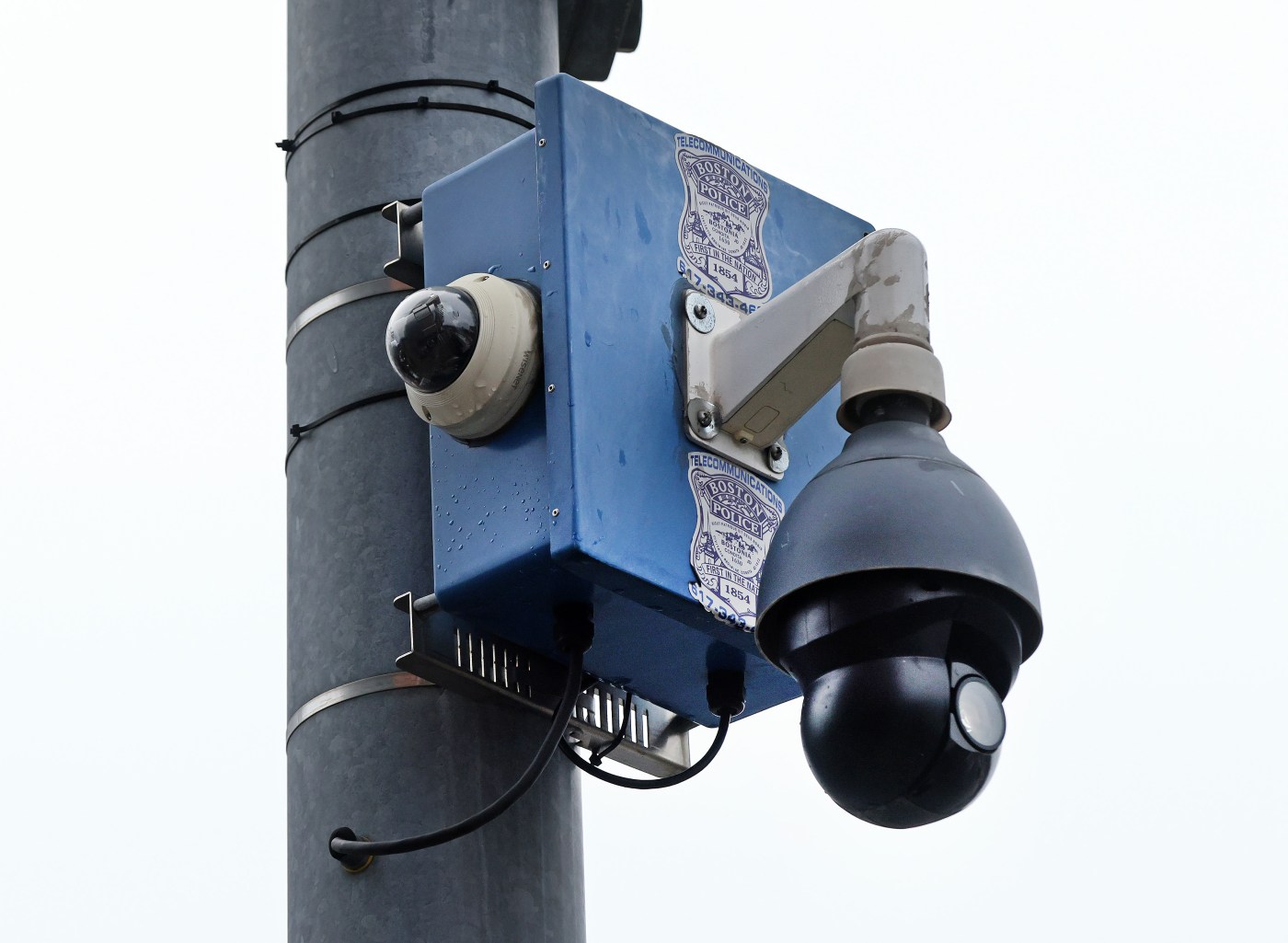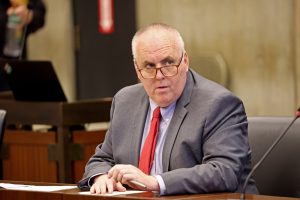
Nighttime gunshots may have broad impact on health and sleep of millions, Mass General study finds
Nighttime gunshots and the sirens wailing right after may be a larger factor in the health and well-being of millions of people than previously considered, Mass General Brigham researchers report.
The study looked at 72,236 gunshot reports from big cities — including Boston.
“A nighttime gunshot likely disrupts the sleep of nearby community residents due to the sheer sound of the shot, which is then followed by a cacophony of sirens from police vehicles and ambulances,” said Rebecca Robbins, a researcher at Brigham and Women’s Hospital and one author of the study. “The findings from our study shed light on this potentially significant and underexplored social determinant of sleep and population health.”
The report, titled “Estimating Community Disruption from Nighttime Gunshots in 6 U.S. Cities, 2015 to 2021,” explores how many people hear gunshots during the nighttime, how many nighttime shots are heard and the demographics of the most impacted communities.
Of the most populated U.S. city, researchers were only able to access enough gunshot data for Boston; Philadelphia; Washington D.C.; Baltimore; Portland, Oregon; and New York. In total, the team looked at 72,236 gunshot reports from 2015 to 2021.
The work builds on research looking into the “potential for an exponentially broader community impact” of gun violence than the “staggering” number of direct casualties in the U.S., a release from MGH states.
Overall, the study concluded that gunshots were far more prevalent at night — 72% of the shots across the cities occurred during nighttime — and there may be an estimated 12.5 million individual instances of a person hearing a gunshot in just the six cities annually.
As median household income went up, the study concluded, rates of nearby nighttime gunshots went down.
“Nighttime gunshots may be an additional environmental hindrance to sleep, health, and well-being, particularly in economically vulnerable neighborhoods,” the study concludes. “A greater understanding of the ubiquity of nighttime gun violence in underserved communities, presented here, may inspire future research and practical efforts to forge inter-disciplinary care teams to support communities impacted by these events.”
Boston was excluded from the geographic and income analysis of people impacted because the city does not release specific enough gunshot data.
Boston ran in the middle of the cities measured, with about 919 nighttime gunshots a year and between 1.6 million and 10.1 million individual instances of a person being in range to hear a nighttime gunshot. The city also had the highest rate of shots at night, with 80% of gunshots happening during the nighttime over the time period.
The Boston neighborhood most impacted by nighttime gunshots was Roxbury, the study noted, and the least was Charlestown.
Related Articles
Monkey mask-wearing spree robber jailed for shooting Attleboro gas station clerk in 2019
Medford man convicted of murdering U.S. Army veteran in 2013
Alleged accomplice in ambush of Red Sox legend David Ortiz arrested in Dominican Republic
Man, 35, killed in highway shooting in Chicopee
22-year-old Haverhill man charged with fatal shooting in North Andover
The team plans to continue the research and “study sleep disturbances in response to nighttime gunshots as they work to design community-based sleep interventions to support individuals in communities with high incidences,” the release said.
“The traumatic ripple effects from gunshots can extend across families and entire communities,” co-author Chana Sacks, a researcher from Massachusetts General Hospital. “Our work helps to broaden how we think about who is impacted by these events.”


